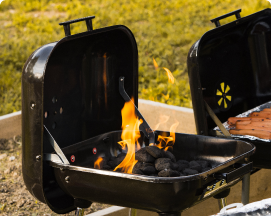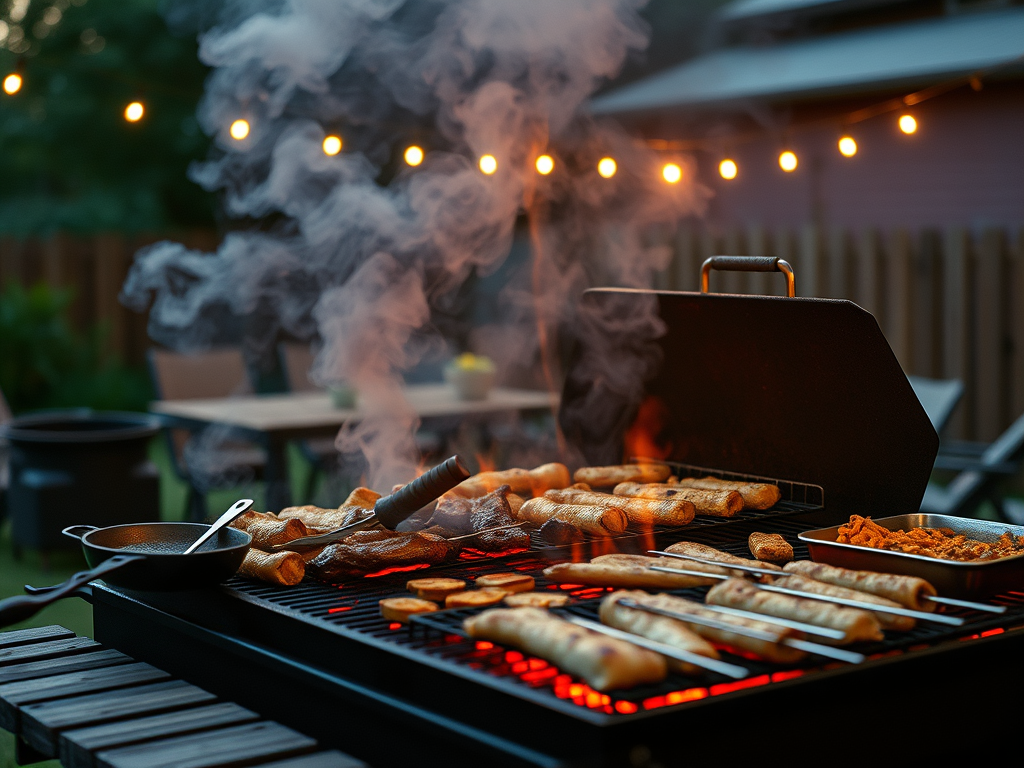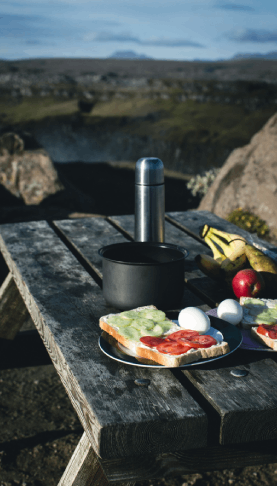You’re talking about the Maillard reaction—the culinary wizardry that turns a plain piece of meat or vegetable into flavor-packed gold.
What is the Maillard Reaction?
Named after French chemist Louis-Camille Maillard (who studied it in 1912), this is a non-enzymatic browning reaction between:
- Amino acids (from proteins in food)
- Reducing sugars (like glucose or fructose)
When heated to around 280–330°F (140–165°C), these compounds rearrange into hundreds of new flavor molecules and brown pigments called melanoidins.
Why It Tastes So Good
- Umami & savory depth: Creates compounds like pyrazines (nutty, roasted) and furans (caramel-like).
- Aroma explosion: Over 1,000 volatile compounds form—think coffee, chocolate, toasted bread.
- Texture: The crust locks in juices while adding crunch.
How to Trigger It Like a Pro
| Step | Pro Tip |
|---|---|
| 1. Dry the surface | Pat meat/veggies bone-dry with paper towels. Moisture = steam = no sear. |
| 2. High heat | Use cast iron or stainless steel. Preheat until it just starts smoking. |
| 3. Don’t crowd the pan | Overcrowding drops temp and causes steaming. Work in batches. |
| 4. Oil with high smoke point | Avocado, grapeseed, or clarified butter. Regular butter burns. |
| 5. Let it sit | Don’t move the steak for 1–2 mins. The crust forms when food releases naturally. |
Bonus: Maillard in Everyday Foods
| Food | Maillard Magic |
|---|---|
| Coffee beans | Roasted = deep, complex flavor |
| Bread crust | Golden-brown = toasty bliss |
| Grilled onions | Sweet + savory transformation |
| Seared scallops | That caramelized edge? Pure Maillard. |
Common Myths
❌ “Sear to lock in juices” → Myth. Searing is for flavor, not moisture retention. ✅ Rest your meat → Lets juices redistribute after cooking.
Next time you hear that sizzle and smell that aroma, you’ll know: a thousand tiny chemical reactions are turning dinner into deliciousness.






